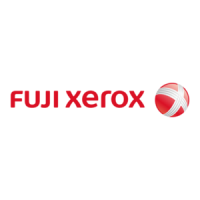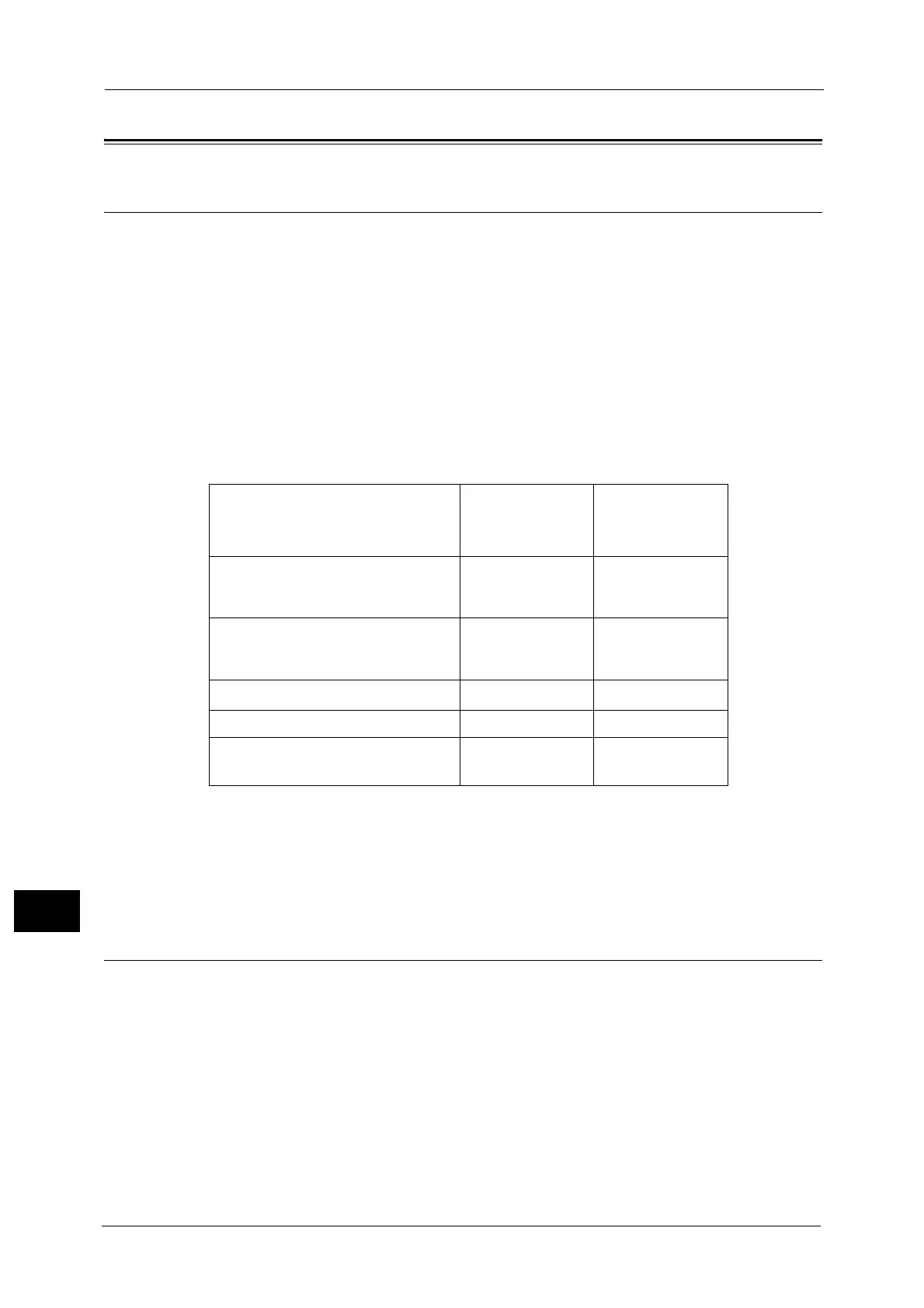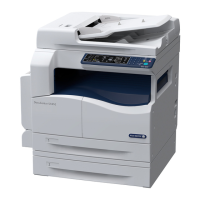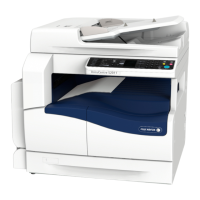13 Encryption and Digital Signature Settings
410
Encryption and Digital Signature Settings
13
Encryption and Digital Signature Overview
Types of Certificate
To use the Encryption feature and the Signature feature on the machine, a certificate is
required.
The following two types of device certificate can be used on the machine:
A self-signed certificate created by CentreWare Internet Services (The valid period can be
specified from1 to 9,999 days.)
A certificate issued by another CA
When you use a certificate issued by another CA, import the certificate using CentreWare
Internet Services.
For more information on how to import a certificate, refer to the help of CentreWare Internet Services.
Important • To display the online help for CentreWare Internet Services, users need to have the environment to
connect to the Internet. The communication fee shall be borne by you.
*1 : Available when [IKE Authentication Method] is set to [Authenticate by Digital Signature].
*2 : XPS stands for XML Paper Specification.
Encryption Features for Communication
The data sent between the machine and computers on a network can be encrypted.
Encrypting HTTP Communications from a Client to the Machine
(SSL/TLS Server)
The SOAP, Internet Services (HTTP), IPP, and WebDAV ports use the HTTP server of the
machine.
The SSL/TLS protocol is used to encrypt the HTTP communications between a client and the
machine.
To encrypt communications, either one of the device certificate is required: a self-signed
certificate or a certificate issued by another CA.
Types of Certificate
/
Types of Encryption
Self-Signed
Certificate
Certificate
Issued by
Another CA
Encrypting HTTP communications
from a client to the machine
(SSL/TLS server)
OO
Encrypting HTTP communications
from the machine to a remote server
(SSL/TLS client)
XO
Encryption using IPsec
X
Δ
*1
E-mail encryption/digital signature X O
PDF signature/DocuWorks signature/
XPS
*2
signature
OO
O
Δ
X
:
:
:
Available
Set as necessary
Not available

